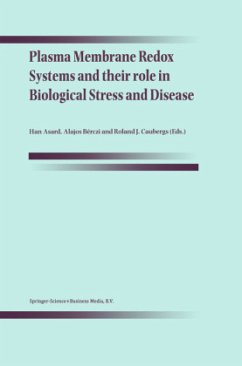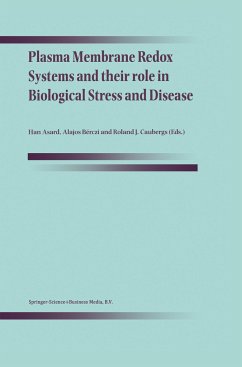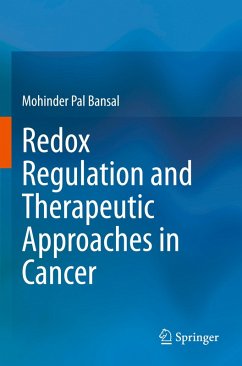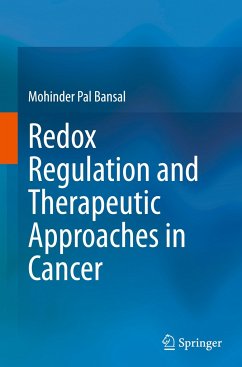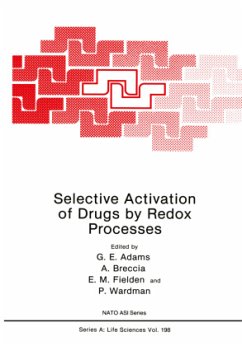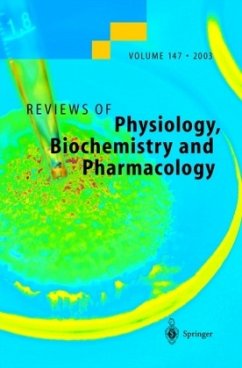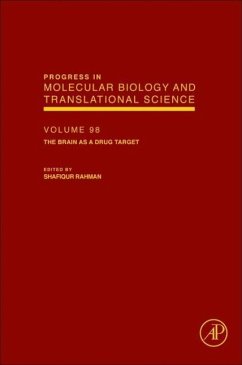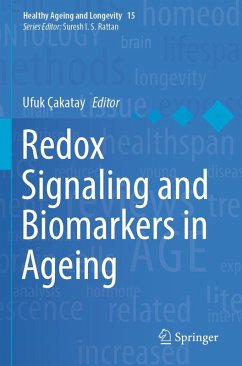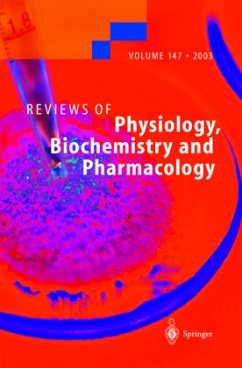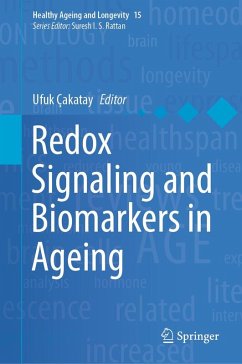Gebundenes Buch
Redox Biology in Plasma Medicine
Versandkostenfrei!
Versandfertig in 1-2 Wochen
Weitere Ausgaben:

PAYBACK Punkte
102 °P sammeln!




This book reviews the interrelation between plasma chemistry and biochemistry complemented by discussion of the ways plasmas inactivate various pathogens. Focus is on the plasma effects on mammalian cells, subsequent consequences for cell-biological processes, and plasma applicability specific medical therapies.
Sander Bekeschus was born in Berlin, Germany, in 1985. After obtaining a US- and German High-School-Degree, he studied Human Biology at Greifswald University (Germany) with a major in Immunology. He received a Ph.D. from the Institute of Immunology at the same University in 2015 after two international fellowships at the Centre of Free Radical Research (Christchurch, New Zealand) and Beth Israel Deaconess Medical Center (Boston, USA). From 2016 to 2021, Sander Bekeschus established an independent third-party-funded junior research group at ZIK plasmatis (Leibniz Institute for Plasma Science and Technology (INP), Greifswald, Germany), which was consolidated under his leadership from 2021-2023. Since 2023 and 2024, Sander Bekeschus holds a Professorship for Translational Plasma Research at the Clinic and Policlinic for Dermatology and Venerology (Rostock University Medical Center, Germany) and is the Research Program Manager Plasma Medicine at INP, respectively. Having started his career in plasma sciences as early as 2010, his research interests are exploring the underlying mechanisms of action of plasma and plasma-derived reactive oxygen and nitrogen species (ROS/RNS) in biology and medicine, the directed targeting of plasma parameters towards specific biomedical applications, the elucidation of the inflammatory and immunological consequences of plasma exposure, and establishing and investigating translational research models in Plasma Medicine to facilitate and support clinical applications of medical gas plasma technologies. In addition, he is an executive board member of the International Society of Plasma Medicine (ISPM), the International Workshop on Plasma Cancer Treatment (IWPCT), and the German National Center for Plasma Medicine (NZPM), besides long-standing memberships at the German Society of Immunology (DGfI) and the Society for Free Radical Research Europe (SFRR-E). Sander Bekeschus received Junior Awards Distinctions from the ISPM, INP, and SFRR-E, has authored and co-authored over 200 peer-reviewed publications, and is the initiator and speaker of Europe's first Marie-Curie Doctoral Network on Plasma Medicine, plasmACT. Thomas von Woedtke was born in Görlitz, Germany, in 1962. He studied Pharmacy at Greifswald University, Germany. He received the pharmacist diploma from Greifswald University in 1988, the Doctoral Degree in Pharmaceutical Technology in 1995, and the Habilitation degree in Pharmaceutical Technology in 2007 from the same university. From 2008 to 2023 he was Research Program Manager Plasma Medicine at the Leibniz Institute for Plasma Science and Technology (INP) Greifswald and since 2020 he is Member of the Board of INP, responsible for the Research Division Health & Hygiene. He holds a professorship for Plasma Medicine at Greifswald University Medical Center since 2011. His research interests are in the field of medical application of cold atmospheric pressure plasmas, on basic processes of plasma-liquid interactions as well as basic research problems of plasma-cell and plasma-tissue interactions including antimicrobial plasma effects. He is founding member of the International Society for Plasma Medicine (ISPM) in 2009, Member of the Board of Directors of ISPM since 2016 as well as founding member of the German National Center for Plasma Medicine (NZPM) in 2013 and Deputy Head of NZPM since 2015. In 2016 he received, together with Klaus-Dieter Weltmann, INP Greifswald, the Plasma Physics Innovation Prize of the Plasma Physics Division of the European Physical Society (EPS) "for their pioneering work in the field of plasma medicine", and 2021 the Plasma Medicine Award of the International Society for Plasma Medicine (ISPM). He has authored and co-authored over 280 peer-reviewed publications and book chapters and is co-editor of three text books on plasma medicine.
Produktdetails
- Verlag: CRC Press
- Seitenzahl: 236
- Erscheinungstermin: 12. Juli 2024
- Englisch
- Abmessung: 260mm x 183mm x 17mm
- Gewicht: 647g
- ISBN-13: 9781032356921
- ISBN-10: 1032356928
- Artikelnr.: 70150435
Herstellerkennzeichnung
Libri GmbH
Europaallee 1
36244 Bad Hersfeld
gpsr@libri.de
Für dieses Produkt wurde noch keine Bewertung abgegeben. Wir würden uns sehr freuen, wenn du die erste Bewertung schreibst!
Eine Bewertung schreiben
Eine Bewertung schreiben
Andere Kunden interessierten sich für





